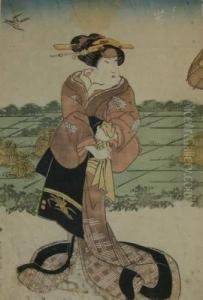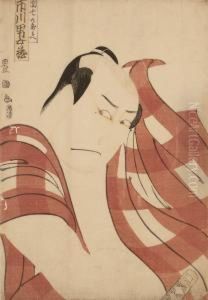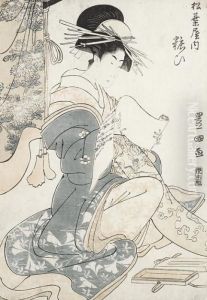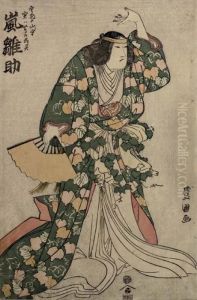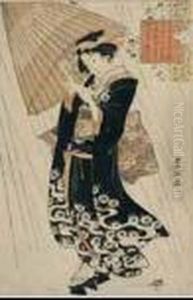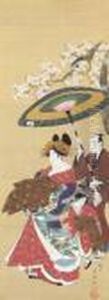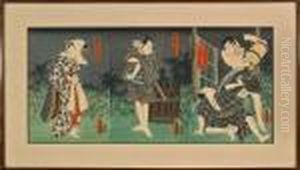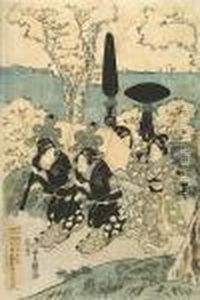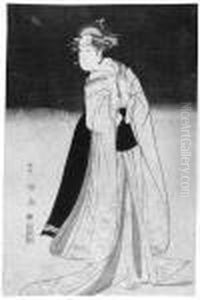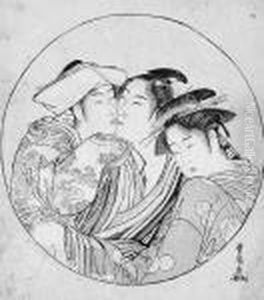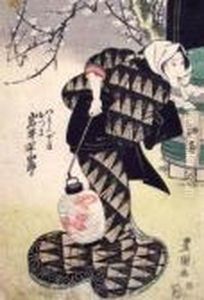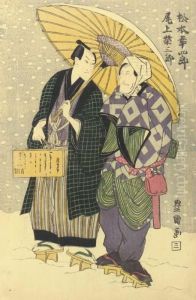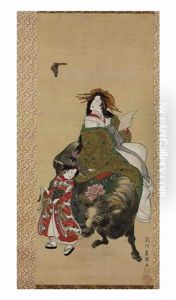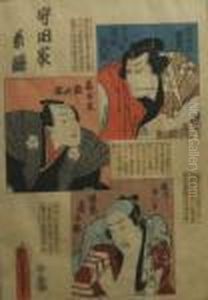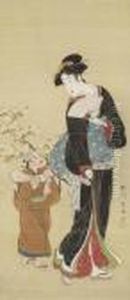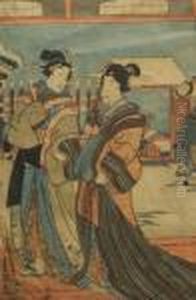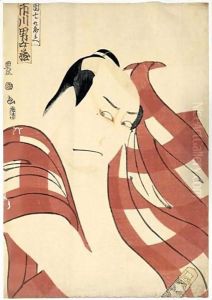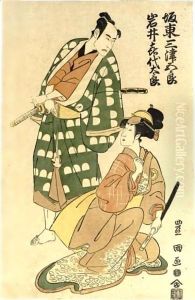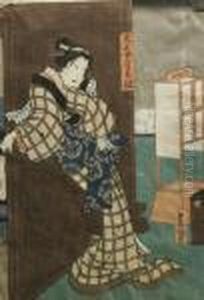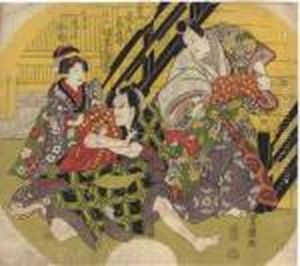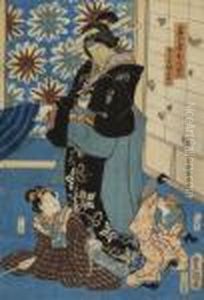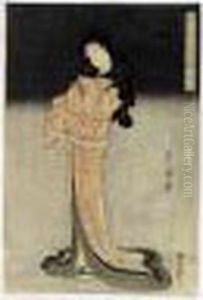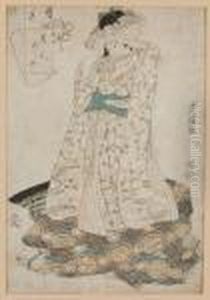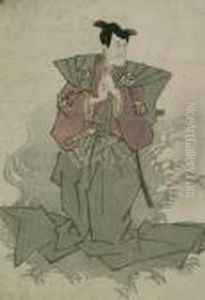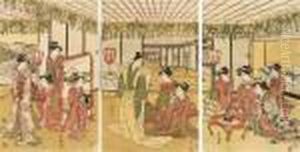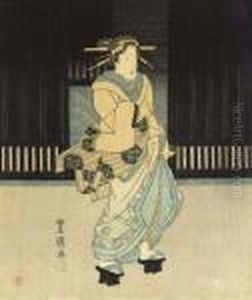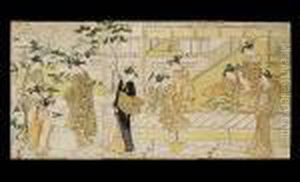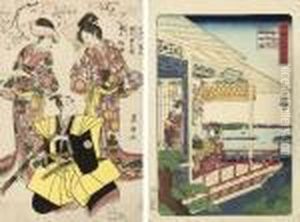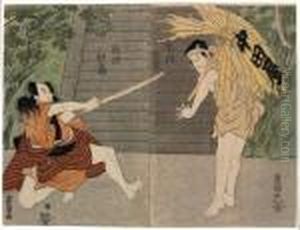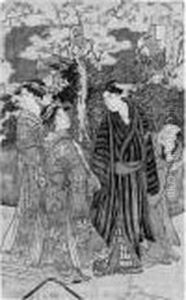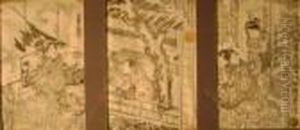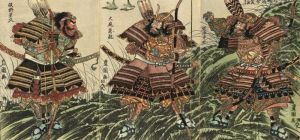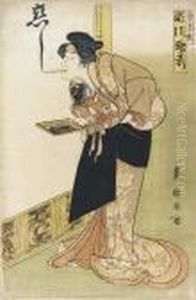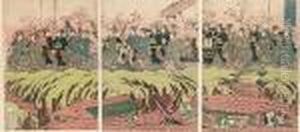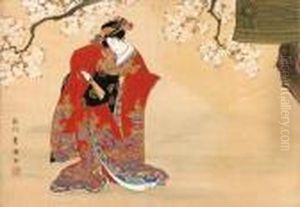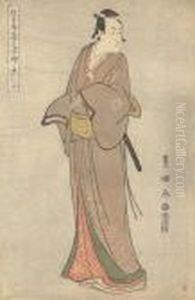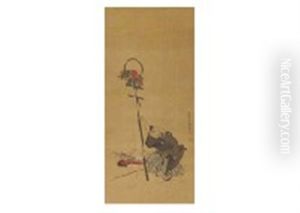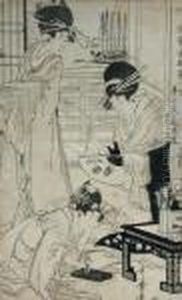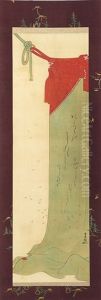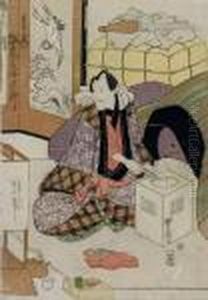Toyokuni Paintings
Utagawa Toyokuni was a prominent Japanese artist known particularly for his work as a woodblock printmaker in the genre of ukiyo-e, which flourished during the Edo period (1603-1868). Toyokuni was born in Edo (present-day Tokyo) in 1769. His original name was Kumakichi, and he was the son of Kurahashi Gorobei, a carver of dolls and puppets. He became a pupil of Utagawa Toyoharu, who was the founder of the Utagawa school of Japanese woodblock artists. Under Toyoharu's guidance, Toyokuni honed his skills and eventually became one of the leading ukiyo-e artists of his time.
Toyokuni's early works were kabuki actor prints, which are portraits of actors on the kabuki stage, often in dramatic poses or captured during a performance. His abilities to depict the actors with expressive faces and elegant postures made him famous. Toyokuni's actor prints were not only popular in Japan, but they also gained recognition abroad, especially when Japan opened to the West in the mid-19th century, and his works were among those exported to Europe where they influenced many artists of the time.
In addition to actor prints, Toyokuni also produced bijinga (pictures of beautiful women), sumo wrestler prints, and occasionally landscapes. He had a prolific career and produced a great number of prints, which led to a decline in quality in his later years as he struggled to keep up with the demand. His studio became a factory-like enterprise, which included many pupils and assistants. This system was typical of the larger ukiyo-e schools of the time.
Following Toyokuni's death in 1825, his name was inherited by his most talented student, Utagawa Kunisada, who would later take the name Toyokuni III. The Utagawa school continued to dominate the world of ukiyo-e after Toyokuni's death, and his legacy lived on through his students and the continued popularity of his prints.
Toyokuni's work is characterized by its vivid use of color and dynamic composition, and his prints are considered an important part of the ukiyo-e movement. Many of his works are held in museums around the world and are studied for their artistic and historical significance.
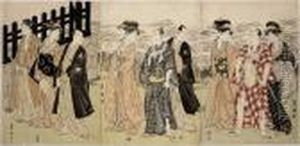
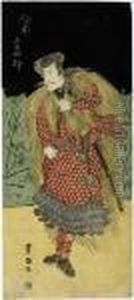
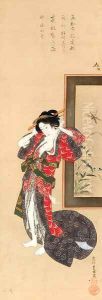
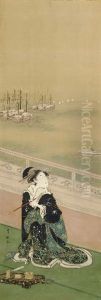
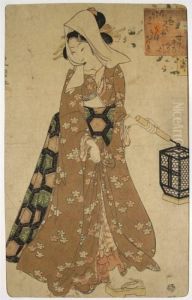
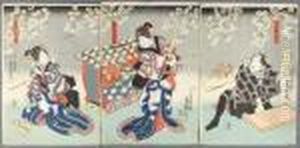
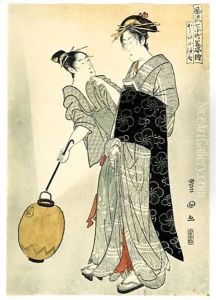
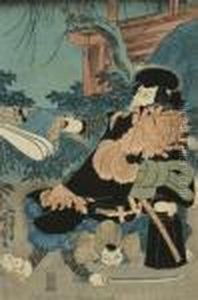
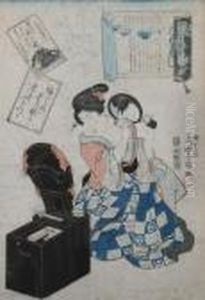
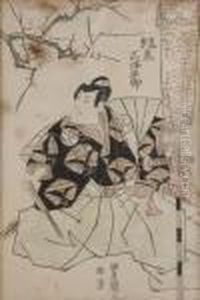
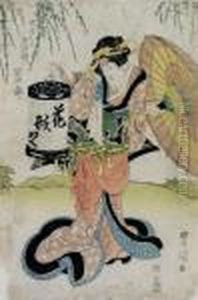
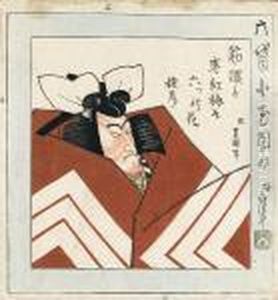
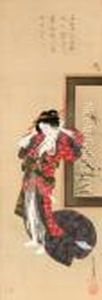
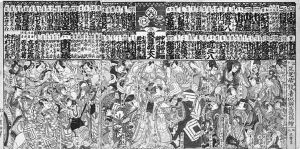
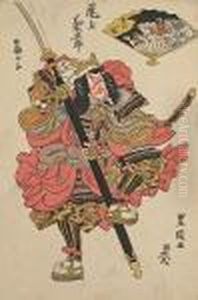
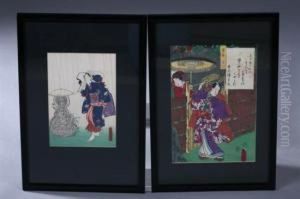
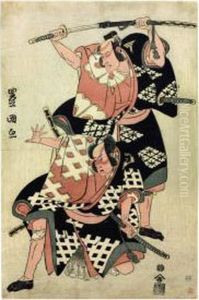
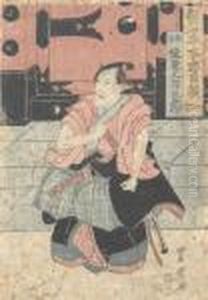
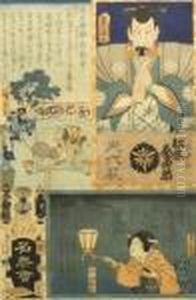
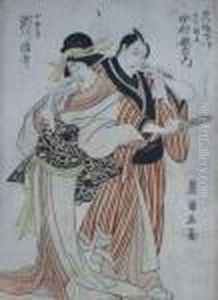
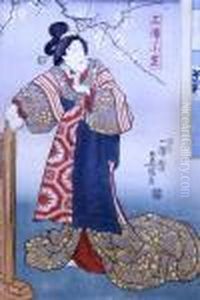
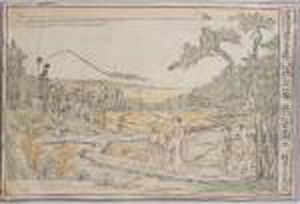

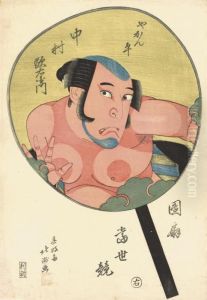
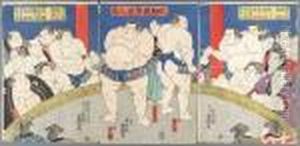
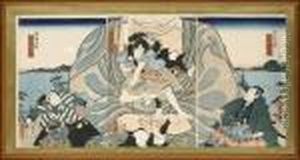
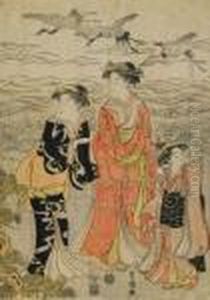
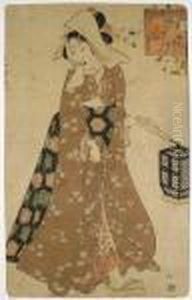
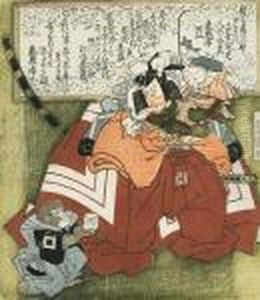
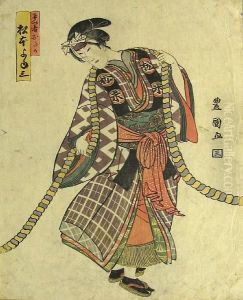
![An Okubi-e [bust Portrait] Of The Courtesan Yosooi Of Matsuba, Signed Toyokuni Ga](https://www.niceartgallery.com/imgs/2871645/s/toyokuni-an-okubie-bust-portrait-of-the-courtesan-yosooi-of-matsuba-signed-toyokuni-ga-bf12c7f2.jpg)
